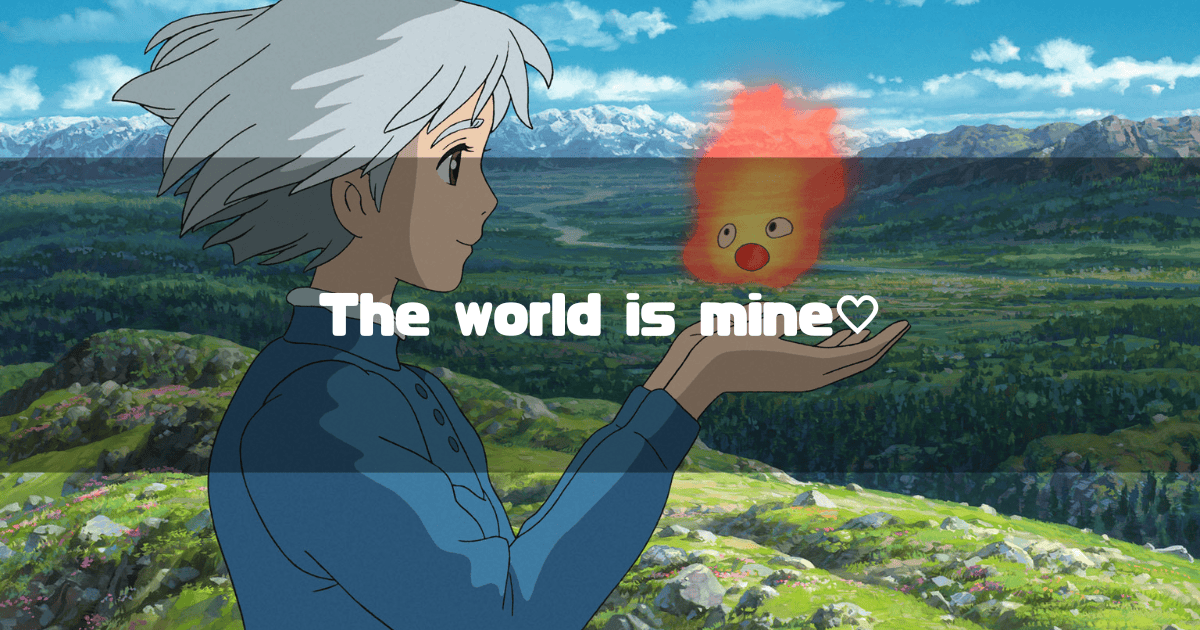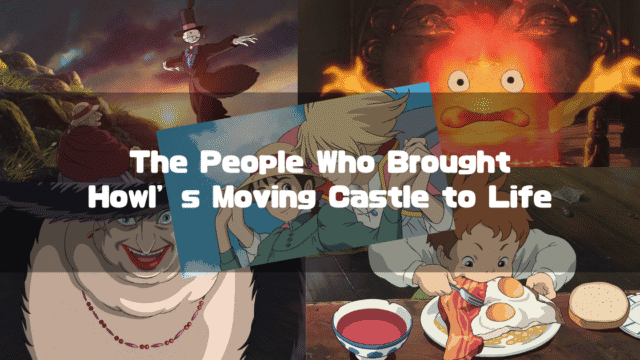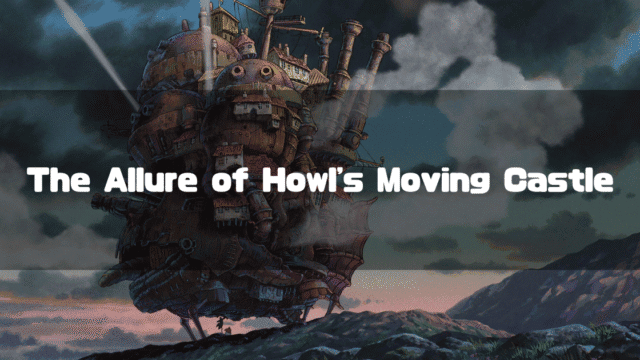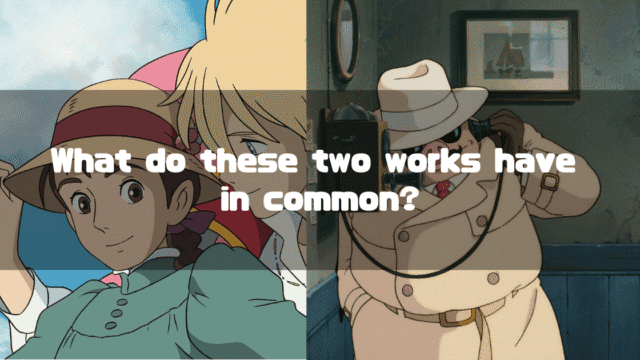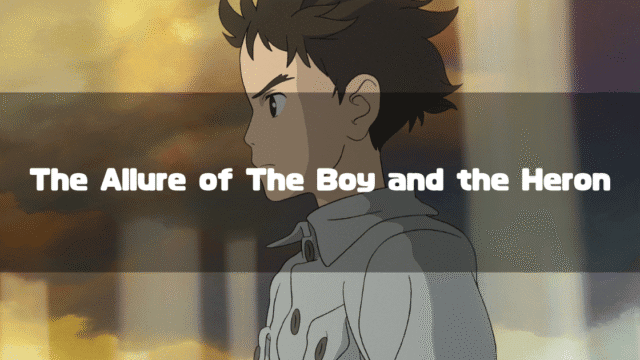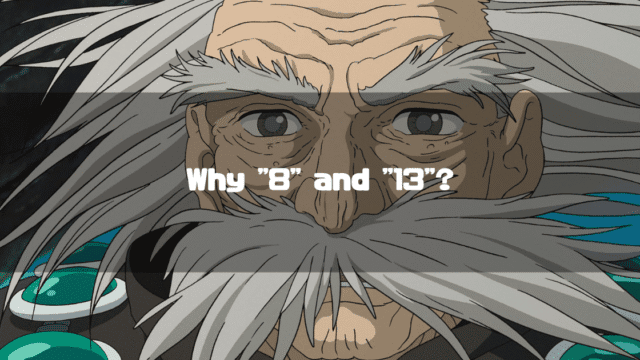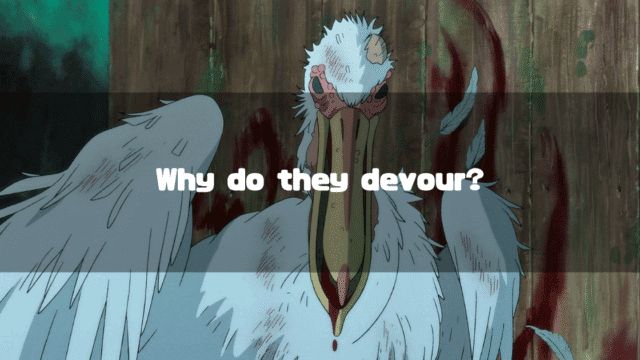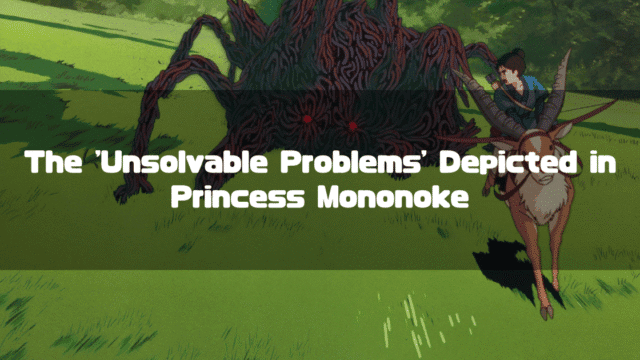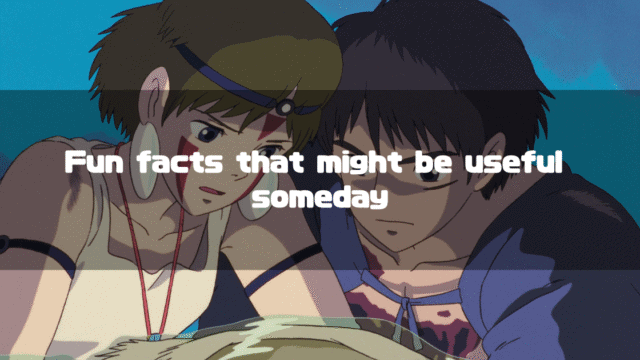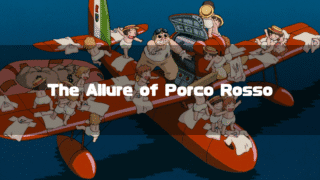Howl’s Moving Castle(Official Studio Ghibli Website) is an animated feature film directed by Hayao Miyazaki, released in 2004. I remember that at the time of its release, the talk was all about the voice actors for the main characters, Sophie and Howl, played by Chieko Baisho and Takuya Kimura.
Before watching the film, I was also highly critical, thinking, “That casting can’t be right.” But after seeing it, my feeling was one word: “perfect.”
Among my peers, opinions about Howl turned positive, but not so much for Sophie. Personally, I thought, “Both were perfect.”
This time, I’d like to delve into the character of Sophie from Howl’s Moving Castle. This is the second installment of my Hayao Miyazaki’s ‘Sorrow of Men’ Series. Previously, I explored “Porco’s struggle” in Porco Rosso.
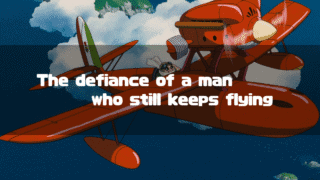
This time, while considering the “tenacity to capture” of the protagonist Sophie, I want to ultimately reflect on the “sorrow of men.” So, what was the “sorrow” depicted in this film?
*This article is an English translation of the original Japanese article, 【ハウルの動く城】ソフィーのすべてを捕獲する執念-宮崎駿男の悲哀シリーズ②-.
Let an AI walk you through the highlights of this post in a simple, conversational style.
- A Story of Sophie’s Family and Building a New One
Howl’s Moving Castle depicts a story of Sophie’s despair with her family, leading her to create a new one. Sophie uses the “magic of a kiss” to capture Howl, the Witch of the Waste, Turnip Head, and Calcifer, ultimately aiming to live freely. - The Sorrow of the Captured Man and the Defeat of “Male Aesthetics”
The film portrays the “sorrow of the captured man” through Sophie’s tenacity as the “capturer” who captures Howl. The fact that a “charmer” like Howl is ultimately captured by Sophie symbolizes the defeat of the male “aesthetic of not being captured.” This theme connects with Porco Rosso, depicting the sorrow of men and an irony towards their aesthetics.
Sophie’s Tenacity to Capture and the Sorrow of Men
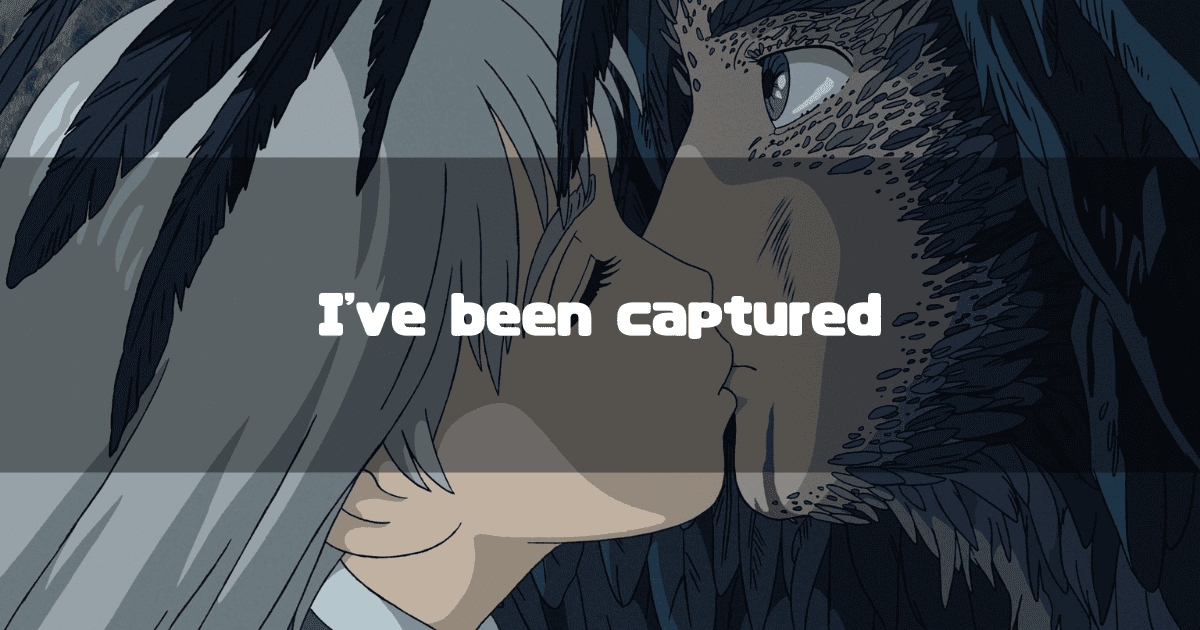
The People Captured by Sophie and Her Despair with Family
Although the title of Howl’s Moving Castle includes “Howl,” the protagonist is clearly Sophie.
And the first thing you notice when you start watching is that “Sophie’s family doesn’t seem to be doing well.” At least for Sophie, “family” doesn’t appear to be something to be particularly revered. The black smoke from the train that billows in front of Sophie as she trims a hat at the beginning directly expresses the darkness within her.
And so, the work Howl’s Moving Castle, with Sophie as its protagonist, is likely “a story about creating a new family.”
At the beginning of the story, Sophie is turned into an “old woman” by the Witch of the Waste’s magic. There are probably many reasons why Sophie is able to adapt to this situation so quickly, but her conversation with her sister offers a hint. She was not confident in her appearance, and seeing herself as an “old woman,” she might have thought, “This is what I’ve always been like.”
That’s clearly not the case, but it means her self-esteem was at that level for some reason.
And above all, the fact that it became a reason to break away from her family might be the reason for her composure. It seems that for her, her “birth family” was no longer something to cling to.
Such a Sophie, towards the end of the story, increases her family one after another through the “magic of a kiss.” Let’s follow them in chronological order.
Victim #1: Howl
The first person Sophie captured with her magic kiss was none other than Howl.
When Sophie returns to the present after witnessing the past of Howl and Calcifer, she finds a wounded Howl. Sophie gives him a kiss.
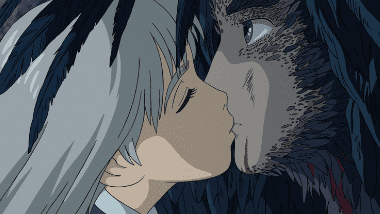
It’s a poignant and moving scene, but in the end, this is where Sophie “captured” Howl. No matter how much he struggles, Howl the charmer dies here, forever belonging to Sophie.
Victim #2: The Witch of the Waste
After kissing Howl, Sophie, with a calm face, asks the wounded Howl, “Take me to Calcifer.” Howl, in his “monstrous bird” form, slowly moves his body and takes Hin (Suliman’s dog), who was with Sophie, to Calcifer (he’s already completely captured).
When they reach Calcifer, the Witch of the Waste is holding him, protecting him so no one can take him away. But when Sophie gently embraces and persuades the Witch, she hands Calcifer over to Sophie.
Sophie then gives the Witch of the Waste a gentle kiss.
With this magic kiss, the Witch was not only brought into Sophie’s family but also completely defanged. Without this kiss, the Witch might have been freed from Howl and walked a new path, but she becomes bound to stay near Howl.
Perhaps it’s annoying that she’s obsessed with Howl, but setting her free is also not to Sophie’s liking. Kind of scary, Sophie.
Victim #3: Turnip Head
After retrieving Calcifer from the Witch of the Waste, Sophie restores Howl’s heart with Calcifer.
Then, Calcifer, freed from his contract, leaves the place, and Howl’s Moving Castle, which was already a shadow of its former self, completely stops functioning.
As a result, Sophie, who ends up sliding down a cliff on a single plank, is saved by Turnip Head the scarecrow. Sophie gives a kiss to this silent hero as well.
Turnip Head then changes his form, and it is revealed that he is actually a prince from a neighboring country who had been turned into a scarecrow by magic.
It’s a completely unexpected development, but as a result, Sophie, despite having Howl, has also made the prince of a neighboring country her own.
At least the prince seems to feel that way.
What are you going to do, Sophie?
Victim #4: Calcifer
Calcifer returns to Sophie, who has now even won over the prince.
Despite his contract with Howl ending and gaining his freedom, he came back. Sophie gives a kiss to this Calcifer as well.
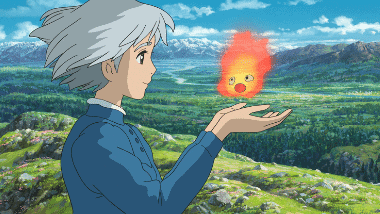
She has thus obtained a crucial power source without any sacrifice. Without giving a heart or an eye.
And so, Sophie and the others say goodbye to the troublesome world on the ground and live freely aboard Howl’s Moving Castle, or perhaps Sophie’s Flying Castle.
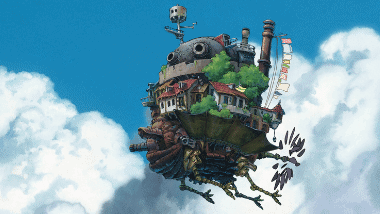
Sophie, who seemed to be living an indecisive life on the ground, will finally be able to spread her wings and live as herself now that she has her own family. It’s a happy ending, for sure, but are those trapped by the magic of her kiss living happily? Well, they probably are. Let’s just go with that!
The Man Who Is Ultimately Captured
In this way, Sophie captured every being she met with her magic kiss, but the most noteworthy is, of course, Howl.
This article is part of the “Sorrow of Men” series, following Porco Rosso.
While Porco Rosso depicted a man’s pride in “I won’t be captured!”, Howl’s Moving Castle can be seen as depicting the “tenacity of the capturer.”
And there is meaning in the very fact that Howl, the “charmer,” was ultimately captured by Sophie.
Furthermore, it’s a key point that in the final scene, Howl’s appearance with Sophie in Howl’s Flying Castle shows no sign of the struggle seen in Porco.
In the end, by featuring the “charmer” Howl, the film hints at the “aesthetic of the uncaptured man” while also depicting the “joy of being captured.”
Come to think of it, isn’t the very existence of someone who wants to capture you happiness itself?
In Porco Rosso, he resisted until the very end, shouting “I won’t be captured!”, but in Howl’s Moving Castle, the conclusion seems to be, “Ah, I get captured after all~, and these days are happy too~.” In short, it’s probably saying, “Resistance is futile.”
It seems to me that Howl’s Moving Castle depicts the “sorrow of men” who, no matter how much they act tough, still seek women.
But what makes this a “sorrow” is that men still have the desire “not to be captured,” and Howl’s Moving Castle serves as a “declaration of defeat” for such men. I think that nuance is what constitutes the “sorrow.”
Though, in the end, it’s just the “lover’s boast” of a man who was captured by someone.
The images used in this article are from the “Studio Ghibli Still Images” collection.
About the Author
Recent Posts
- 2025-10-21
Indiana Jones and the Dial of Destiny(2023): Full Synopsis & Analysis: Indy’s True Motive and the Enigma of Helena - 2025-10-15
Indiana Jones and the Dial of Destiny(2023):Historical Background-WWII, the Real Dr. Schmidt, the Siege of Syracuse, and the Antikythera Mechanism - 2025-10-08
Why Does Children Who Chase Lost Voices Feel So Ghibli-esque? [Makoto Shinkai’s “Tale of Farewell”] - 2025-10-07
5 Centimeters per Second: Characters, Voice Actors, Character Analysis and Character Map - 2025-10-06
5 Centimeters per Second: Full Synopsis, Analysis, Ending Explained & Character Map (Spoilers)

